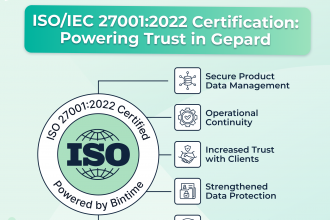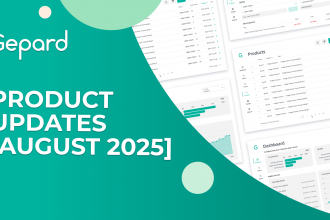Rich Content
What Is Rich Content?
Rich Content Examples
There are different types of rich media content that can help you engage and retain varying target audiences. They include:
- website videos;
- social media pictures;
- infographics;
- podcasts;
- GIFs.
Other rich content examples include live streams from topical webinars.
Where To Use Rich Content
You can use rich content across all customer journey touchpoints in your business. For instance, high-resolution images can increase the visibility of your products on eCommerce sites. Virtual tour videos of your product can also help consumers understand it better, and even retain the buyers.
You can also optimize your manufacturer’s product manuals with rich media content to enhance the end-user experience. Other areas where rich content might add value include scanned marketing materials, such as catalogs, and on-site spreadsheets, such as forecasts and calculators.
How To Create Rich Content
Creating exclusive rich content is the goal of every business. You can start by studying your target audience to understand the rich content examples that they prefer to interact with, whether it’s pictures, videos, or animated GIFs. Studying your demographic will also help you establish the right rich content tone that will spur engagement. After that, reach out to your target audience through established media events or your company-sponsored media events. Content providers can be also a trustful source for obtaining rich content.
How To Manage Rich Content
Businesses can take advantage from rich content management (CMS) tools to manage their rich media files while ensuring a snappy performance for the end-users. Alternatively, you can use a PIM tool to enrich your content.


